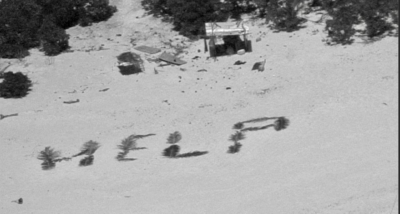The offshore rig market is expected to begin a slow march forward in early 2018. If oil prices can stabilize between $55 and $65 bbl., oil companies will start to boost exploration and production budgets again.
“This is a challenging market going forward, but at least I see a light at the end of the tunnel,” Richard Sanchez, a marine analyst with IHS Markit, Houston, told attendees at the quarterly meeting of the Offshore Marine Service Association (OMSA) in New Orleans.
In the meantime, the industry has a whole host of problems on its collective plate. Sanchez took his audience through the highlights of his company’s new "IHS Petrodata Global Supply Vessel Forecast" (GSVF). The report shows that the Gulf of Mexico suffered from the biggest downturn in the world over the last two years. The worldwide platform supply vessel market will finally bottom out in 2017, with small movements in demand growth by early 2018, as the oversupply of oil drains out at an excruciatingly slow pace, the report said. Currently, half of the PSV fleet is cold stacked and another 7% is warm stacked. “The oil companies are playing the vessel companies against each other for contracts,” said Sanchez. “Some OSV companies are taking jobs that they know will lose money for them. It’s hard to believe.”

Richard Sanchez at the quarterly OMSA meeting. Ken Hocke photo
Sanchez said the shallow water market is played out and won’t return. There are only six jackup rigs on contract and one of those isn’t working, he said. “(Jones Act) vessels in the 2,999-dwt range and below have to be taken out,” he said. “There’s not enough tonnage exiting the market to mitigate the oversupply. New vessel construction has far exceeded the number of vessels coming out of the market.” (The Jones Act stipulates that only U.S.-built, -manned, -owned and -operated vessels can operate between U.S. ports.)
The GSVF shows that of the 147 PSVs of 1,999 dwt and below, 18 are working term contracts, 31 are working the spot market and 98 are stacked. In the 2,000-dwt to 2,999-dwt range, 10 are working the term market, nine are working the spot market and 59 are laid up. Even in the 3,000-dwt to 3,999-dwt range the numbers aren’t encouraging. There are a total of 59 such vessels, with 14 working term, 11 in the spot market and 31 cooling their hulls. “The 3,000 class is going to continue losing ground,” said Sanchez.
Over the next year, the face of the industry will go through some changes, said Sanchez. "Your oil patch has changed but your fleet has not," he said. “I’m expecting a lot of consolidation in the future. The banks don’t want to take fleets away from the vessel owners.”
As for the boats, the big vessels will get the work in deepwater. Even in the down market, of the 94 4,000-dwt and above PSVs in the Gulf, 53 are working term, 22 are in the spot market and only 19 are stacked. Large PSVs are best suited for the recovery, especially in deepwater markets, according to the forecast. “But the price of oil will drive the market,” Sanchez said.
Something else to keep an eye on in the coming months is investors looking to take advantage of owners struggling to survive. “Watch out,” Sanchez warned. “There’s money out there trying to come in and buy cheap and ride the wave up.”





